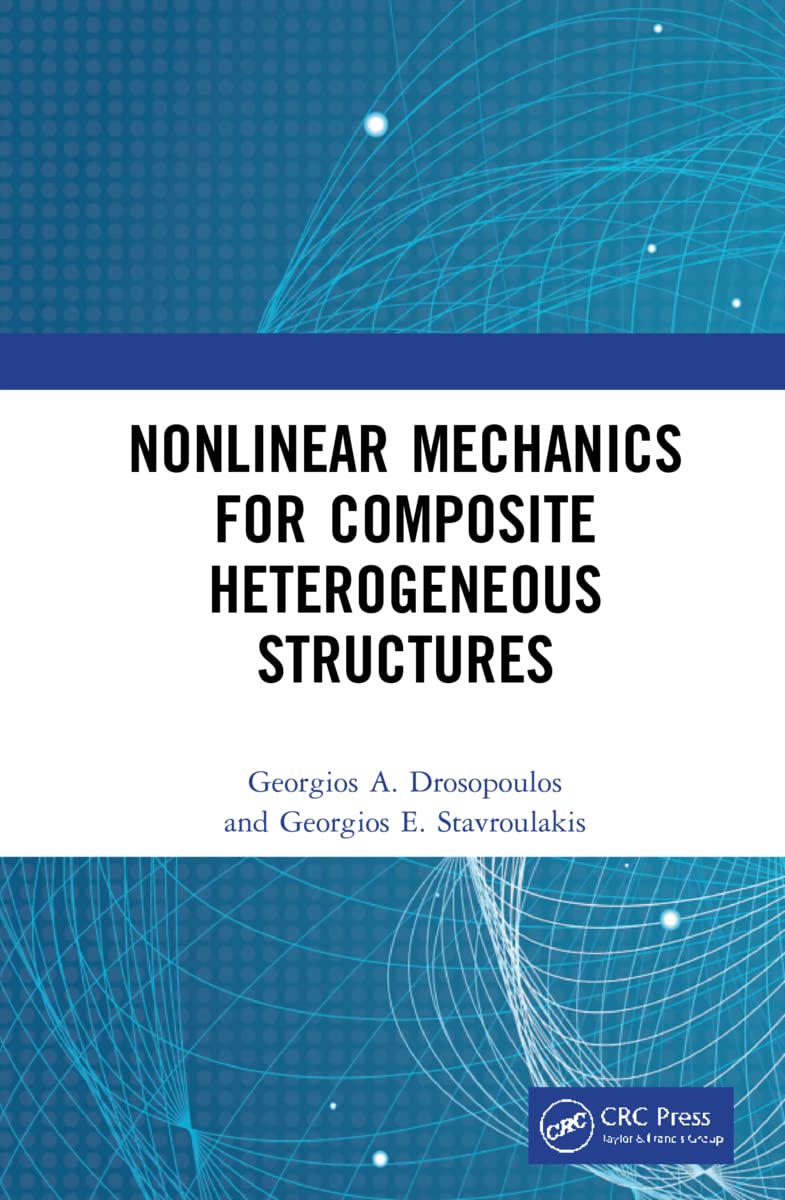

Most ebook files are in PDF format, so you can easily read them using various software such as Foxit Reader or directly on the Google Chrome browser.
Some ebook files are released by publishers in other formats such as .awz, .mobi, .epub, .fb2, etc. You may need to install specific software to read these formats on mobile/PC, such as Calibre.
Please read the tutorial at this link: https://ebookbell.com/faq
We offer FREE conversion to the popular formats you request; however, this may take some time. Therefore, right after payment, please email us, and we will try to provide the service as quickly as possible.
For some exceptional file formats or broken links (if any), please refrain from opening any disputes. Instead, email us first, and we will try to assist within a maximum of 6 hours.
EbookBell Team

0.0
0 reviewsNonlinear Mechanics for Composite Heterogeneous Structures applies both classical and multi-scale finite element analysis to thenon-linear, failure response of composite structures. These traditional and modern computational approaches are holistically presented, providing insight into a range of non-linear structural analysis problems. The classical methods include geometric and material non-linearity, plasticity, damage and contact mechanics. The cutting-edge formulations include cohesive zone models, the Extended Finite Element Method (XFEM), multi-scale computational homogenization, localization of damage, neural networks and data-driven techniques. This presentation is simple but efficient, enabling the reader to understand, select and apply appropriate methods through programming code or commercial finite element software.
The book is suitable for undergraduate studies as a final year textbook and for MSc and PhD studies in structural, mechanical, aerospace engineering and material science, among others. Professionals in these fields will also be strongly benefited.
An accompanying website provides MATLAB codes for two-dimensional finite element problems with contact, multi-scale (FE2) and non-linear XFEM analysis, data-driven and machine learning simulations.